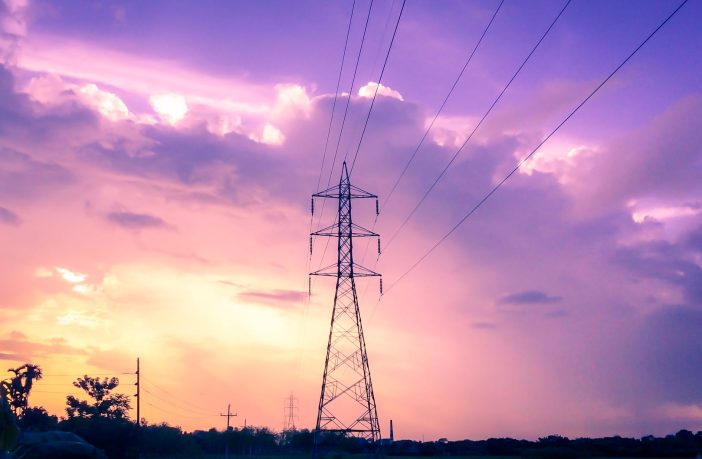- The government of Kenya is looking to enter a Public-Private Partnership (PPP) framework for major transmission infrastructure.
- The country’s Principal Secretary, Ministry of Energy & Petroleum, Alex Wachira, announced that they are at the advanced stages of reviewing two proposals from private investors, that will see the five lines constructed.
- Wachira was speaking at press briefing following the KenGen AGM last Thursday in Nairobi.
“We are currently evaluating two proposals of five transmission lines that will be done under the PPP framework. We have given the investors the feedback after reviewing their proposals and we are looking forward to the investors returning to us with the recommendations that we have made for us to make progress and we do the first transmission lines under PPP,” Mr Wachira said.
Wachira explained that the government was resorting to the PPP framework due to funding challenges, with “a shrinking headroom in terms of financing through the exchequer (Treasury), and more so, borrowed financing of energy projects.”
He added that the government was also looking into monetising some of the transmission lines as a way to provide the Kenya Electricity Transmission Company (Ketraco) extra cash and wean it off exchequer funding.
“We are looking into monetising some of the transmission lines so that Ketraco can get some cash to do more transmission lines and that we are looking into the legislation part of it and we are in consultation with the Attorney-General and at the appropriate time when we get concurrence, we should be able to monetise some of the transmission lines to be able to bring cash injection into Ketraco,” he said.
Parliament in June asked the Energy ministry and the Treasury to change tack and build some three power transmission lines under PPP to ease pressure on the Exchequer.
The three are the Loiyangalani-Marsabit, Marsabit-Isiolo and Gilgil-Thika-Konza lines, each with a capacity of 400 kilovolts (KV) whose construction had been planned to be funded through loans.
Author: Bryan Groenendaal















